By Barbara Beltrami
Spring is here, or is it? As I sit here writing this a week before publication and approximately two weeks before the holidays, the third snowstorm in two weeks is swirling outside my window. The calendar says spring started on March 20, but right now it’s hard to take that seriously. Anyway, think positively with me and read on.
This year, as so often happens, Easter and Passover fall at the same time. No matter which holiday we observe, it is a signal to officially welcome spring. Out with the old dried up winter floral arrangements, in with pussy willows and daffodils. Out with hearty stews and soups and root veggies; in with asparagus, tender young greens and tiny new potatoes.
And while each holiday has its own religious and traditional observations, many dishes prepared for the feasts have a lot in common. For Passover, eggs are used in abundance to replace the forbidden leavening; for Easter, eggs from the eponymous bunny find their way into many creative dishes. Clear broths served with matzo balls, thin noodles or tortellini usher in the holiday meal, and light fluffy cakes made with flour or matzo meal and egg whites offer a grand finale.
So set your table with daffodils, roast a leg of lamb or a ham and those tiny new potatoes, prepare a bunch of asparagus and perhaps a baby arugula and mache salad and whip up a feather-light spring-y (pun intended) cake. (Next week I’ll give you a recipe or two for those cakes.)
Roasted Asparagus with Balsamic Glaze
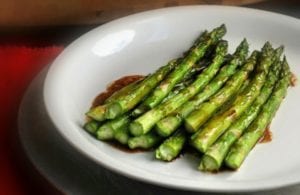
YIELD: Makes 6 servings
INGREDIENTS:
2 pounds asparagus, trimmed and washed
½ cup balsamic vinegar
¼ cup extra virgin olive oil
2 tablespoons soy sauce
2 tablespoons brown sugar
Coarse salt and freshly ground black pepper, to taste
DIRECTIONS: Preheat oven to 375 F. Grease a 9- by 13-inch baking pan and lay asparagus in it. In a small bowl, mix together the balsamic vinegar, olive oil, soy sauce and brown sugar. Being sure to coat all the spears, gently toss the asparagus with the balsamic mixture. Bake, gently tossing again once or twice, for 10 to 20 minutes, until asparagus are tender. Remove to platter, sprinkle with salt and pepper and serve hot, warm or at room temperature with roasted meat or fowl and potatoes.
Roasted Baby Potatoes and Carrots with Shallots
YIELD: Makes 6 to 8 servings
INGREDIENTS:
2 pounds baby potatoes, scrubbed but not peeled
1 pound baby carrots, washed and trimmed, if necessary
2 shallot bulbs, peeled and separated into cloves
3 tablespoons extra virgin olive oil
One handful fresh flat-leaf parsley, de-stemmed and finely chopped
Coarse salt and ground pepper, to taste
DIRECTIONS: Preheat oven to 400 F. In a large bowl toss all the ingredients together, then place in a large shallow baking dish and put in oven. Turning occasionally with a spatula, roast 30 to 45 minutes until carrots are tender and potatoes are crisp on the outside. Serve immediately with roasted meat or fowl.
Baby Arugula, Mache and Green Grape Salad with Citrus Vinaigrette
YIELD: Makes 4 to 6 servings
INGREDIENTS:
3 cups baby arugula, washed and patted dry
3 cups mache, washed and patted dry
1½ cups green seedless grapes, washed and patted dry, then halved lengthwise
½ cup extra virgin olive oil
2 to 3 tablespoons champagne vinegar or white wine vinegar
1½ tablespoons freshly squeezed lemon juice
1 tablespoon orange juice
1 teaspoon honey
½ teaspoon prepared mustard
1 garlic clove, bruised
Salt and freshly ground black pepper, to taste
DIRECTIONS: In a large salad bowl, toss arugula, mache and grapes together. If using within an hour, do not refrigerate; otherwise cover and refrigerate until one hour before use. In a small bowl, whisk together the oil, vinegar, lemon juice, orange juice, honey, mustard, garlic, salt and pepper. Remove garlic clove before dressing salad. When ready to serve and not before, toss the mixture with the greens and grapes and serve immediately with roasted meat or fowl or as an appetizer.

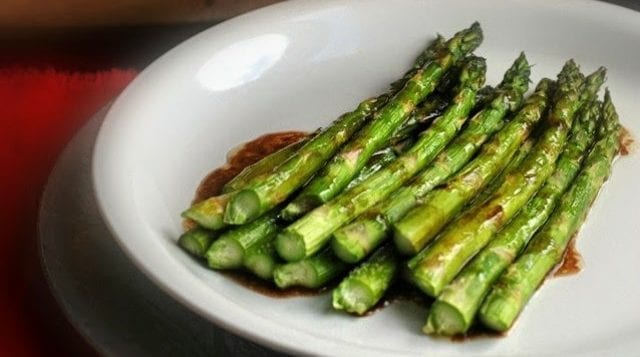
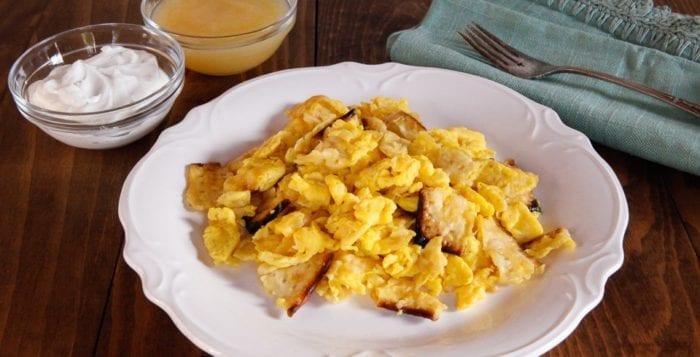



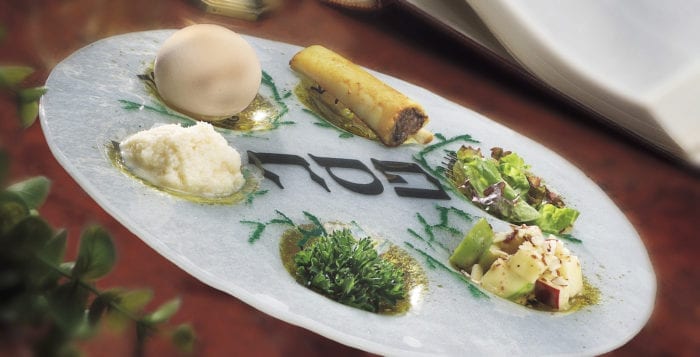

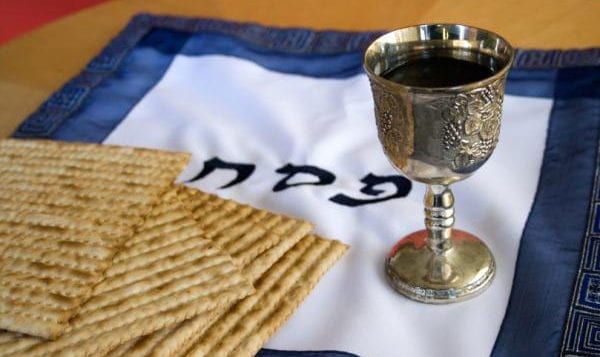
 All of these rituals are reminders of the Jewish people’s exodus from Egypt 3,327 years ago, the birth of the Jewish nation. Our ancestor’s miraculous release from oppression to freedom has served as a source of inspiration for many generations and will do so for many more to come.
All of these rituals are reminders of the Jewish people’s exodus from Egypt 3,327 years ago, the birth of the Jewish nation. Our ancestor’s miraculous release from oppression to freedom has served as a source of inspiration for many generations and will do so for many more to come.


